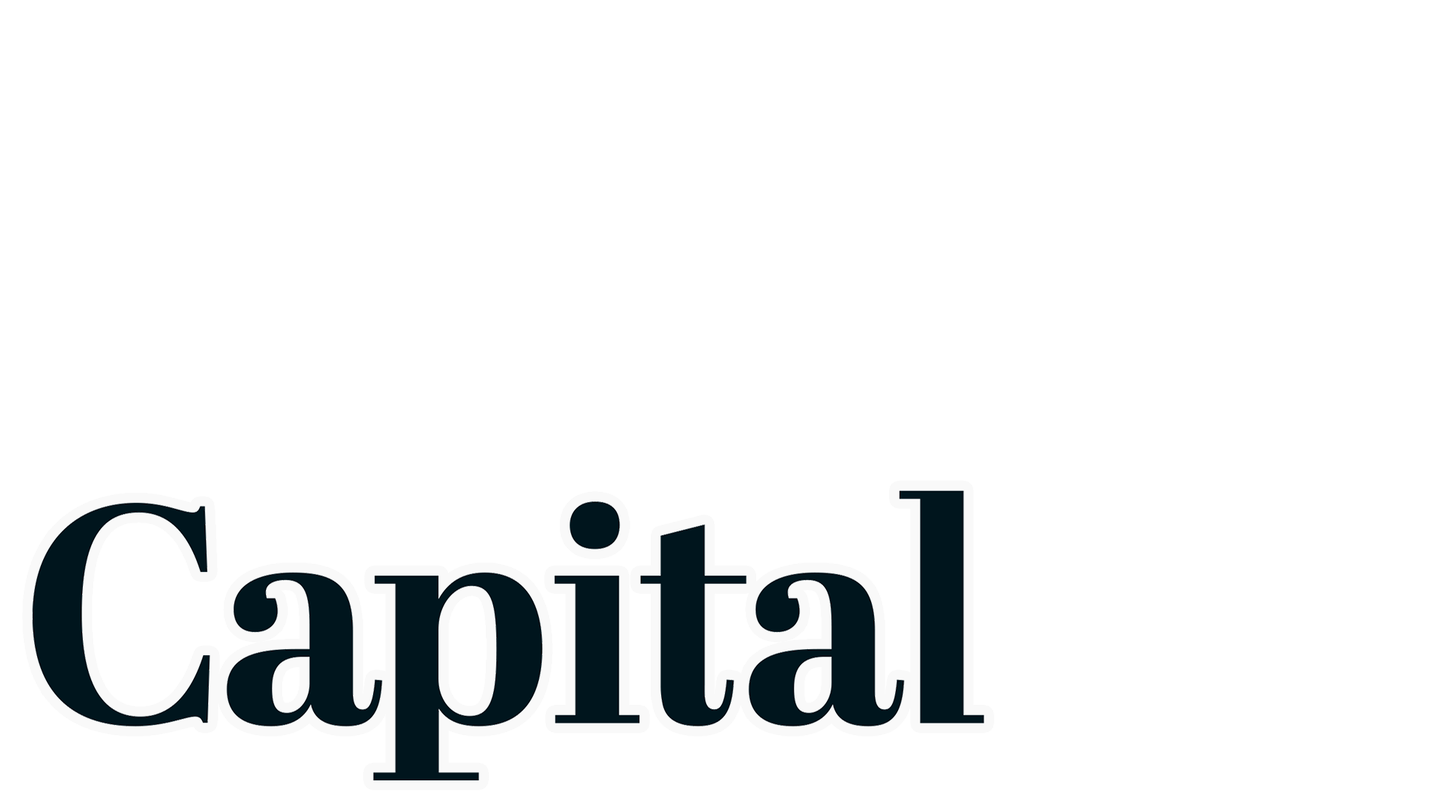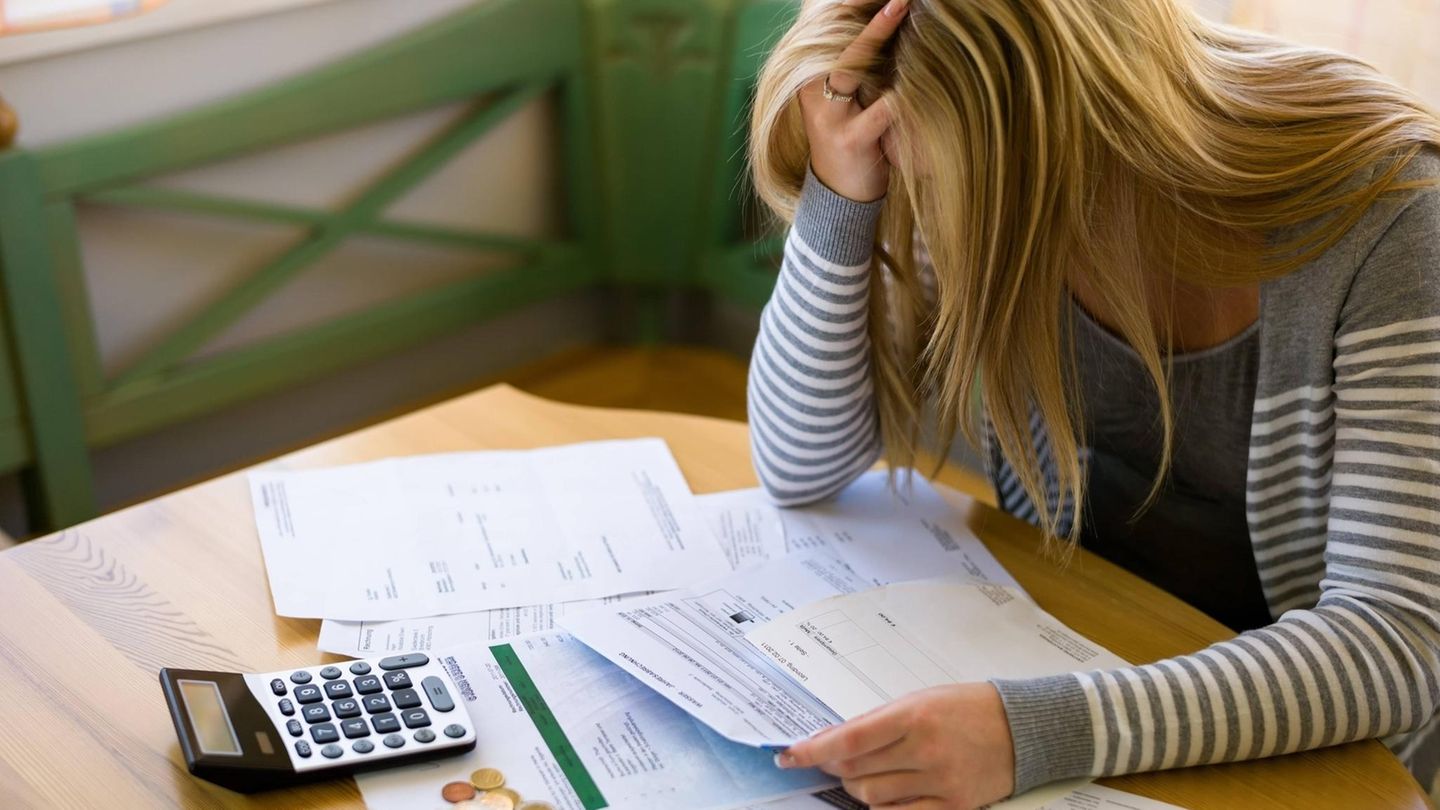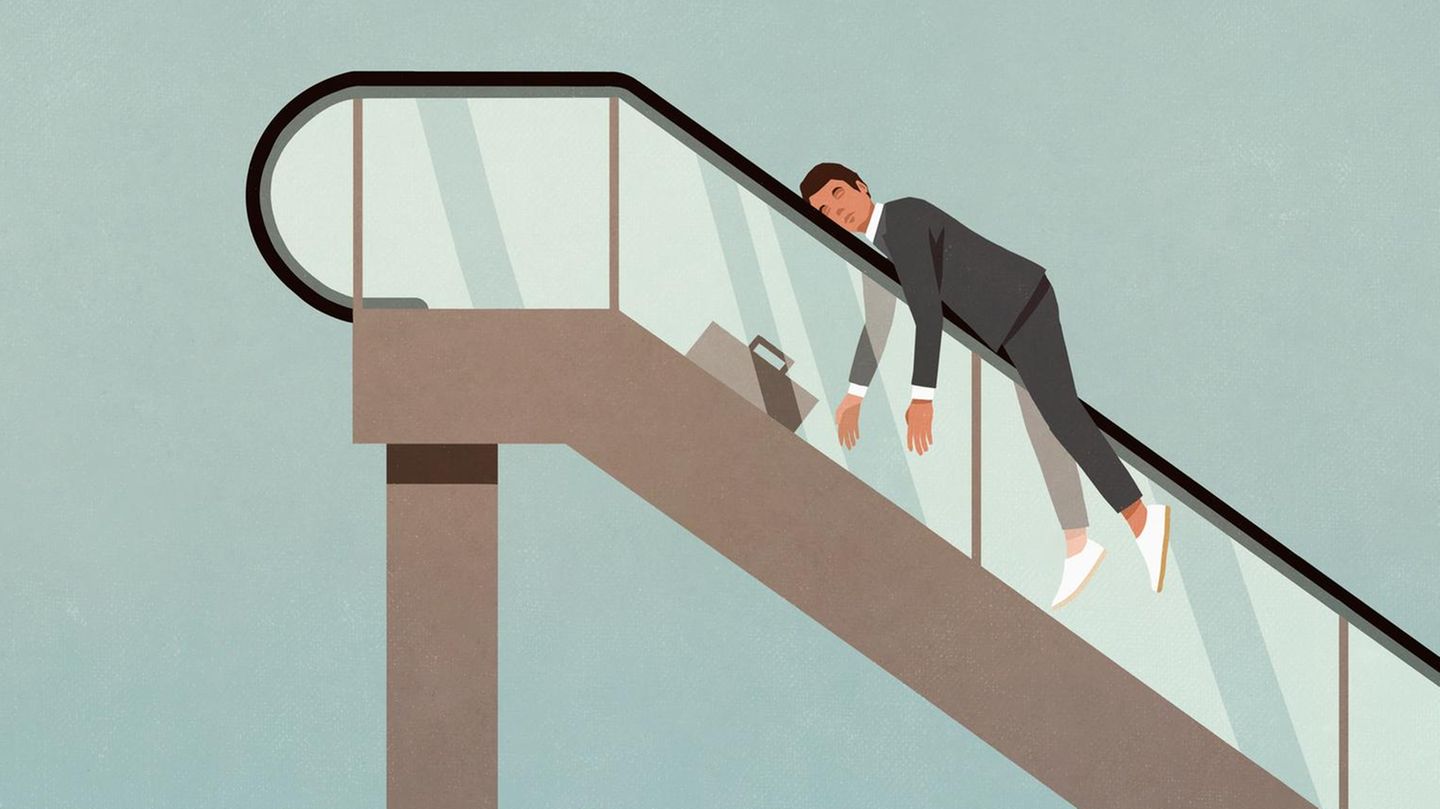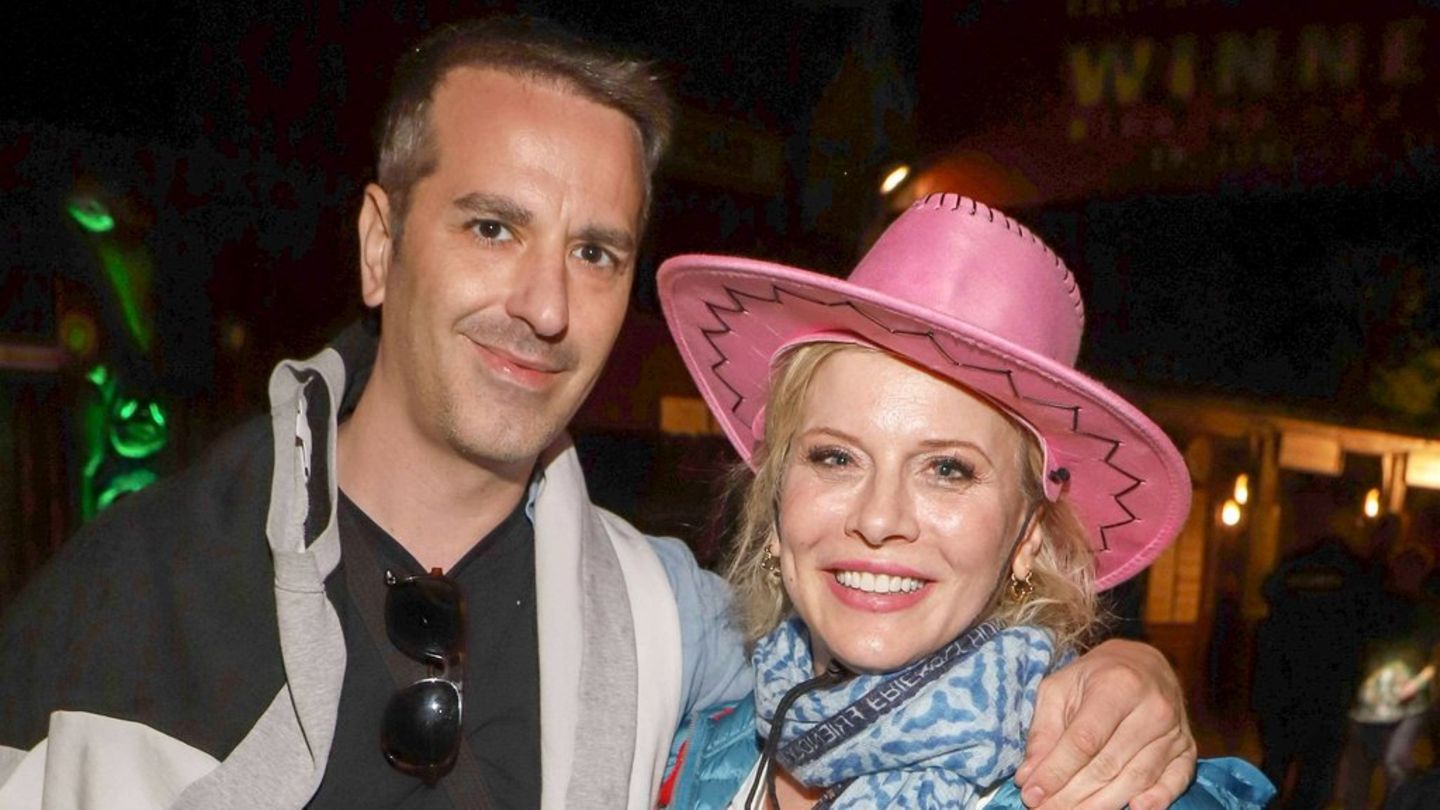Personal bankruptcy can be used to reduce debts that have gotten out of control. However, debtors should think carefully about this step and plan ahead. They must also meet certain requirements and requirements.

This is original Capital branded content. This article is available for ten days on stern.de. You will then find it again exclusively on capital.de. Capital belongs like that star to RTL Germany.
“Out of Eden” was his greatest musical success – beyond good and evil, apparently also his own finances. The singer Nino de Angelo has already had to file for personal bankruptcy. He has been officially debt-free since 2023.
Even for less famous bankrupts, so-called consumer bankruptcy offers an opportunity to reduce debts. Ideally, at the end of the process there is an economic restart. However, a few requirements must be met for this to happen. “In order to be able to go into proceedings at all, the consumer must be at least imminently insolvent or insolvent,” says Philipp Wolters, specialist lawyer for insolvency law and partner at the Buchalik Brömmekamp law firm in Düsseldorf. “In addition, before consumer insolvency proceedings are initiated, an out-of-court debt settlement attempt must first be carried out.” Only if this attempt to reach an agreement with the creditors fails can consumers submit an application for insolvency to the responsible local court – either in person or through a lawyer.
Structured procedure
What follows is a structured process. As a first step, the court orders preliminary insolvency proceedings and checks the legality of the application. In the course of this, it is clarified whether there is sufficient reason for insolvency and whether the debtor’s assets are sufficient to cover the procedural costs. If both are the case and a judicial attempt to settle debts in the preliminary insolvency proceedings is also unlikely, the proceedings will be opened directly. “This begins the three-year good conduct phase, at the end of which there is the discharge of residual debt,” says Wolters.
This is the declared goal of personal bankruptcy. However, it is not a sure-fire success and must be submitted separately via an application. Consumers can submit this to the court in parallel with the application for personal bankruptcy. If you fail to do this and do not do so even after being advised by the court, the discharge of residual debt will not be granted after the three years have expired and the debts will remain.
Strict requirements for personal bankruptcy
As part of the good conduct phase, consumers must meet strict requirements in order to receive discharge from residual debt. They are obliged to pay all of their seizable income to the court-appointed insolvency administrator. This in turn is responsible for managing the existing assets and exploiting them as optimally as possible in order to compensate creditors.
The following applies: In principle, the seizable assets – the so-called insolvency estate – include everything except household items, furniture and items that are only intended for personal use, such as clothing. Debtors are generally only allowed to keep a car if this is absolutely necessary for work.
However, there are also a few assets that are protected from seizure in order to secure the subsistence level. Certain insurance and retirement benefits are excluded, and social benefits such as child benefit may not be seized. In addition, employees can keep a certain portion of their wages. “An unmarried person without maintenance obligations is entitled to 1,409.99 euros net per month. Seizure begins at 1,410 euros net per month,” says specialist lawyer Wolters. “Everything must be able to be paid with this money – including the rent.” Important to know: If you don’t have a job, you are obliged to try to find reasonable work during the insolvency proceedings.
No blank check for all debts
Even if the consumer who submits an application for personal bankruptcy to the responsible court is already over-indebted, he or she will incur additional costs as a result of the procedure. Because he has to cover the court costs out of his own pocket, as well as the costs for the insolvency administrator. There are also possible additional costs if the consumer brings a lawyer or other fee-based debt advisor on board. He also has to pay for these services himself.
If the consumer successfully goes through personal bankruptcy and the court has submitted an application for discharge of residual debts, this will be achieved at the end of the three-year good behavior phase. The court confirms this with an official annulment order. The procedure is now completed.
insolvency
Lost Benko Places: These Signa properties are degenerating into investment ruins
However, this does not mean that the debtor is automatically released from all debts. Because there are debts that are exempt from this. These include liabilities from privileged claims, such as maintenance debts or fines, as well as debts resulting from criminal offenses or intentional misconduct. Also excluded are all debts that arise after the proceedings have been opened.
Weigh up the advantages and disadvantages
Whether personal bankruptcy is the best solution must be considered individually. On the one hand, private individuals can get their debt situation under control within a relatively short period of time. Because without successful personal insolvency, creditor claims only become statute-barred after 30 years.
On the other hand, the process comes with serious restrictions and disadvantages – including a lower credit rating. In addition, you may lose your own property and your financial freedom will be a thing of the past for the duration of the process. Neither would be the case in the event of an out-of-court settlement.
Source: Stern




